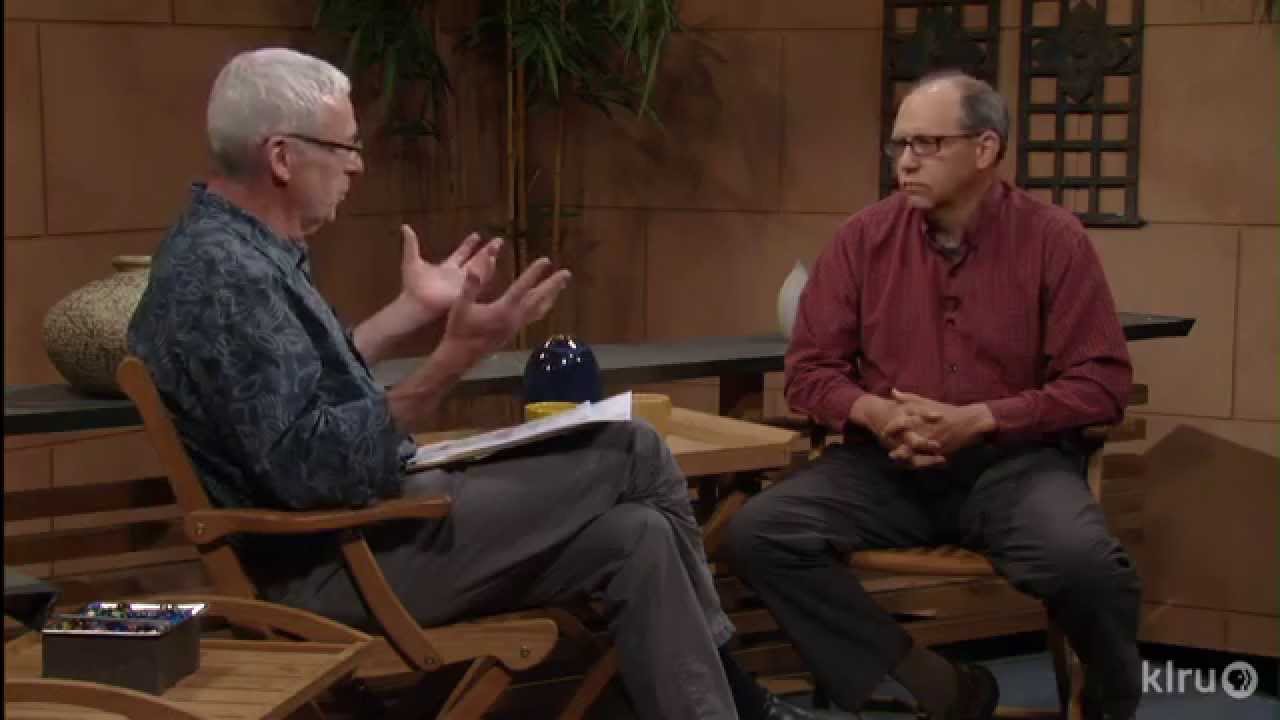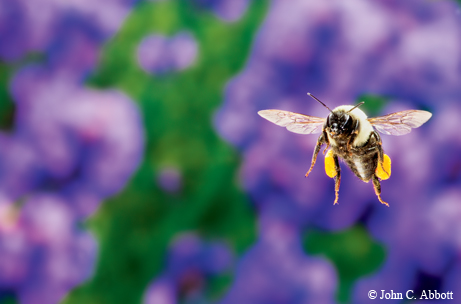Outdoor Story: From Birds to Bugs
Tuesday, January 5th, 2016This is Passport to Texas Outdoor Stories
Mike Quinn is an entomologist whose interest in bugs developed through his family’s interest in birds.
My parents were birdwatchers, and I had an interest in outdoors as a child. But it wasn’t until I was in my twenties… I was helping ornithologists at UT study painted buntings at McKinney Falls State Park, and walked around the bend, and we saw this large butterfly there sunning itself – absolutely gorgeous in the sun – and Anita Fauquier says, “I think that’s a giant swallowtail.” And it hit me like a ton of bricks. It was an epiphany for me that you could put a name on an insect. Why that was a revelation to me I still don’t quite don’t know, because I could identify birds by sight and sound, and plants and herps and etcetera. But putting a name on an insect was somehow a foreign concept. And I went home and I borrowed my mother’s butterfly field guide (which I haven’t quite returned yet), and just from that point on I started paying much closer attention to insects, and that led me to my degree now that I have in entomology.
Do you have an Outdoor Story? Go to passporttotexas.org, and share it with us…and we might share it with Texas.
For Texas Parks and Wildlife…I’m Cecilia Nasti.
________________________________________________
A YouTube video of Mike Quinn on the KLRU-TV Austin (PBS affiliate) show Central Texas Gardener with Tom Spencer





 Passport to Texas is a
Passport to Texas is a  Passport to Texas is made available by:
Passport to Texas is made available by: